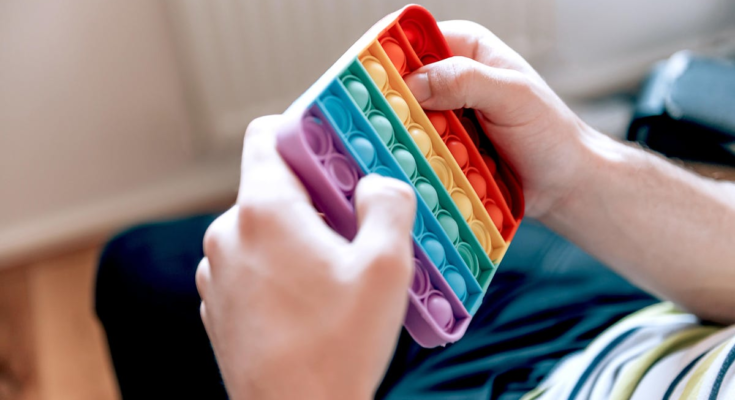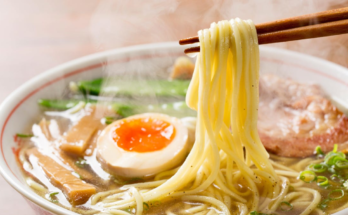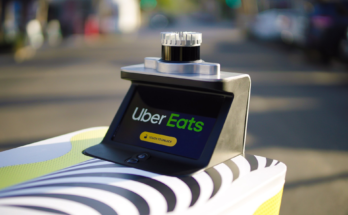
One of my most traumatic childhood memories was a Halloween party in elementary school. We went to a haunted house in the library, were blindfolded, and told to reach into a bucket to feel brains and eyeballs. (It was actually cooked and chilled spaghetti noodles and grapes.)
The result may have been a little too terrifying for second graders, but the sentiment that food can make a great sensory toy is true. Noodles and rice, both cooked and uncooked, have unique textures. There are plenty of great examples of ways people use foods as sensory toys, depending on how messy you’re willing to let them get.
Natural items like rocks and seashells also make great additions to sensory bags because of their varying weights, textures, and colors. Essential oils that kids can smell without spilling can also provide calming elements.
The point is, almost any item laying around the house has uses way beyond just the practical ones. One of the most inspiring things I’ve experienced as a parent is saying, “Hey, here’s a pile of crap, find something interesting to do with it,” and then inevitably watching them use things in ways your imagination would’ve never dreamed up.



